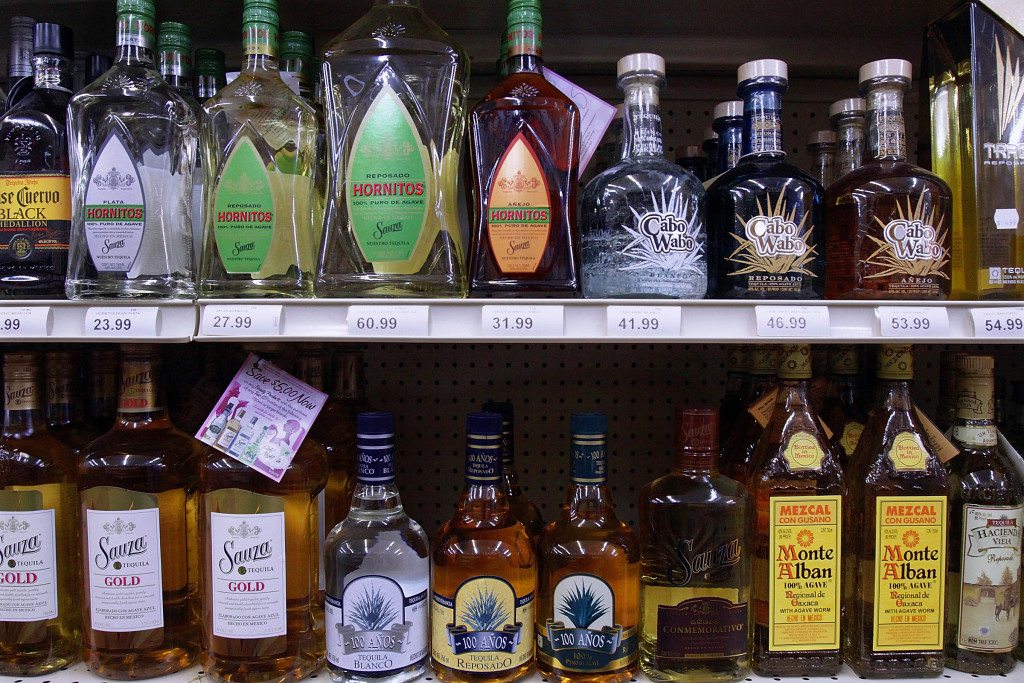Clark County increasingly likes a cold one now and then, or so it appears from the region’s wine, beer and alcohol sales numbers.
Across the region and the state, alcohol sales have been steadily increasing over the years, with a particular bump in 2020 that coincides with the start of the pandemic.




